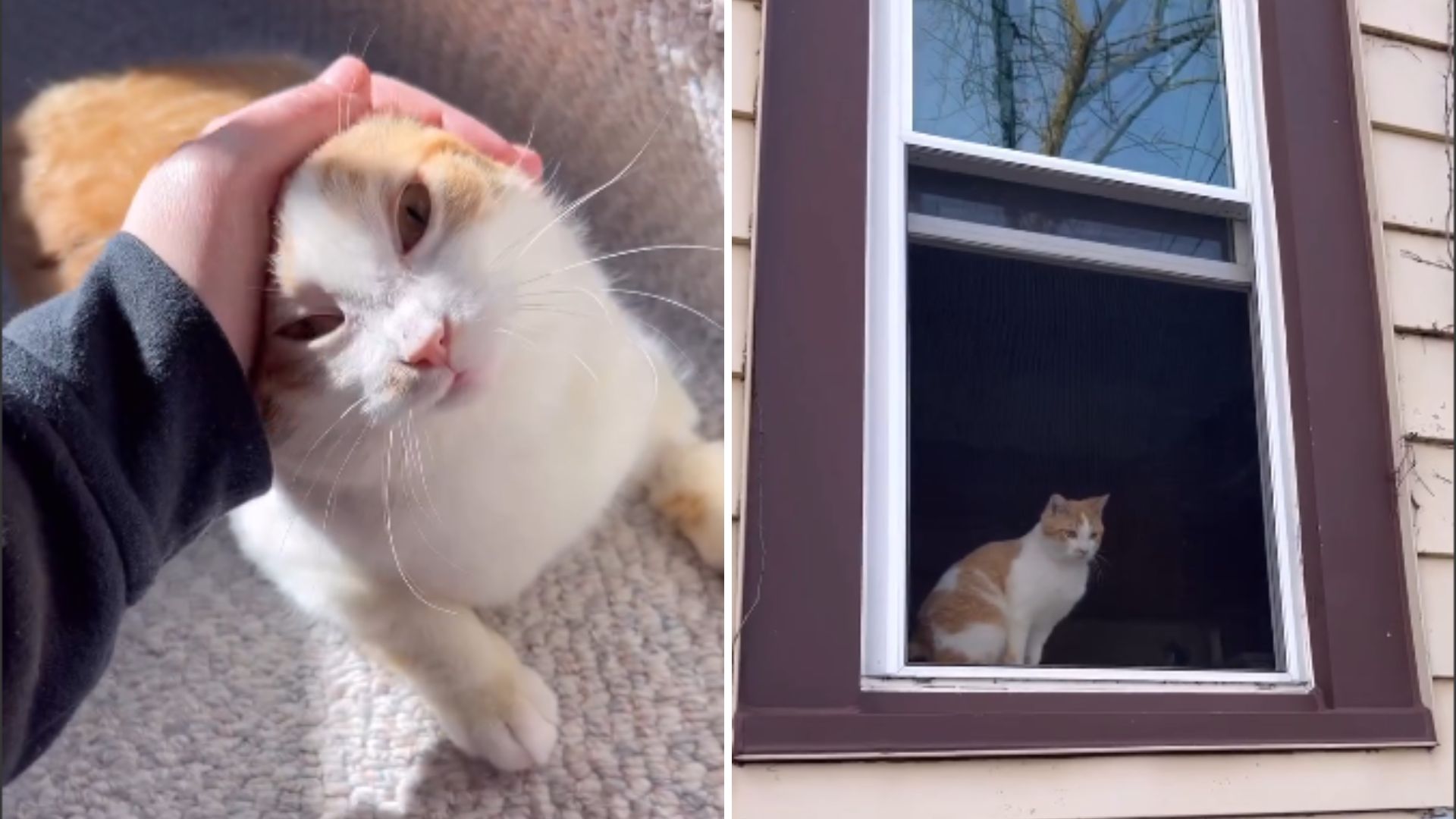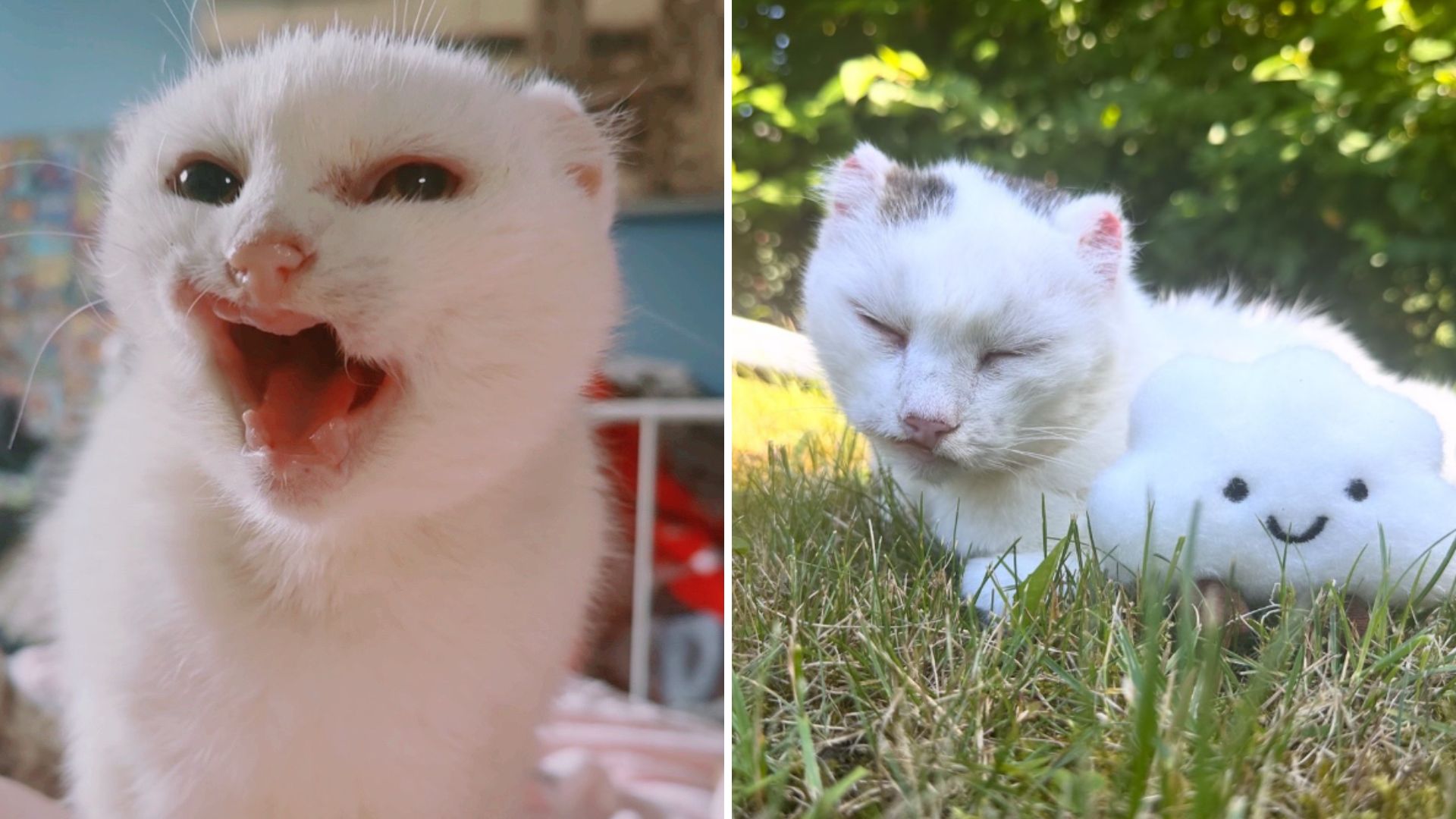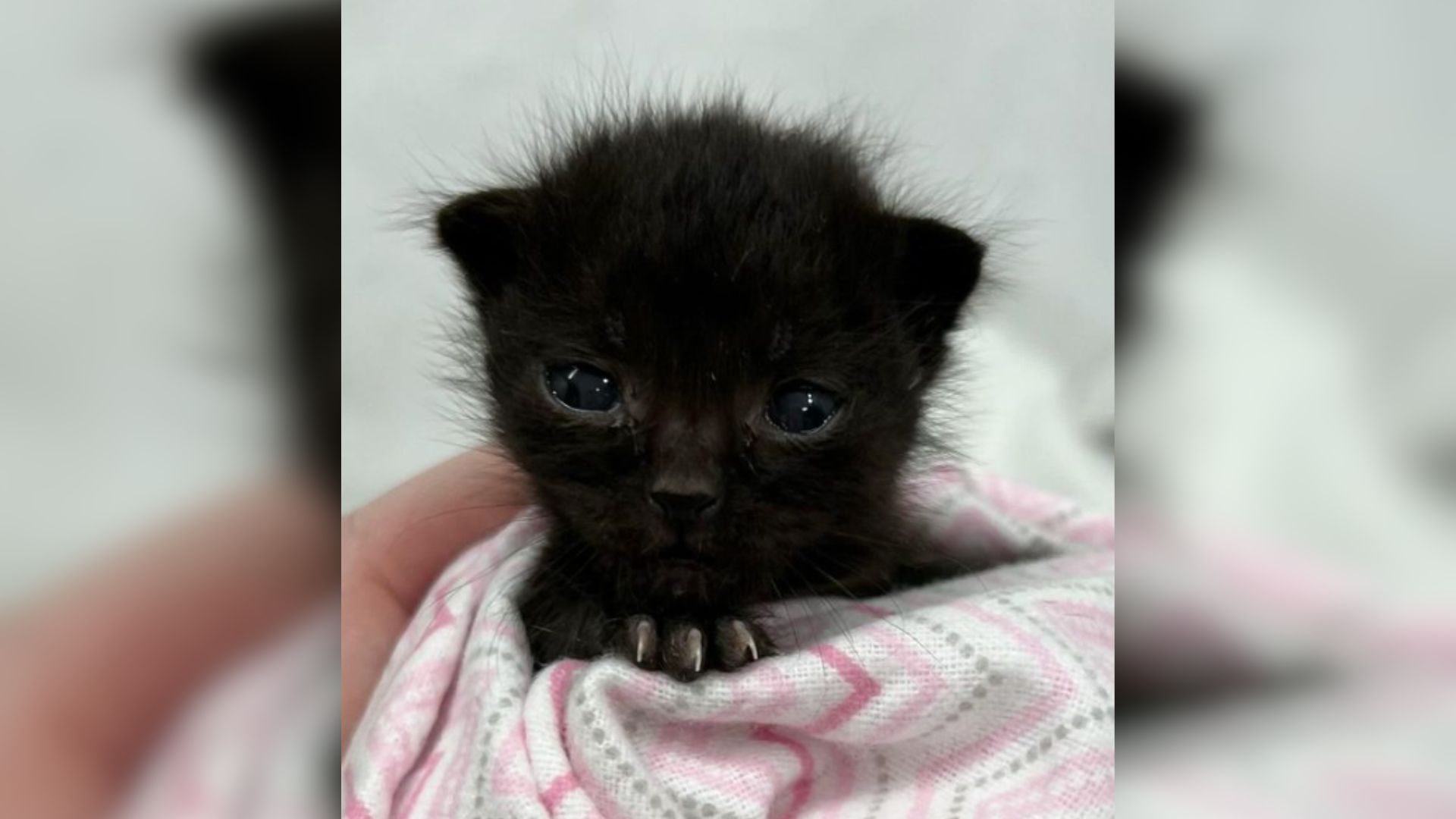Previous research has shown that both children and dogs display three types of attachment to their caregivers: secure, aloof-insecure, and ambivalent-insecure.

When placed in an unfamiliar environment with their caregiver, “safe” subjects will feel secure and comfortable enough to explore, “dismissive” subjects will feel insecure and distance themselves from their caregiver, and “ambivalent” subjects will remain close, demanding attention from their caregiver but still feeling uncomfortable.
A group of 100 cats and their owners spent two minutes together in an unfamiliar room before being completely separated for two minutes and then reunited – a test used to assess bonding in humans and animals.

The results showed that 65% of the cats exhibited “feeling secure” attachment behavior, and the majority of the “feeling insecure” cats exhibited “love-hate” behavior. This is similar to the behavior in humans and dogs.
The team also found that once a bond had formed between a cat and its caregiver, whether it was a strong bond or a lukewarm one, that bond did not seem to change over time. The cats that showed “ambivalent love and hate” remained the same even after weeks of training.

We are now looking to see how this research can help kittens who are in shelters.
Tong Tran Hien
According to sciencefocus





